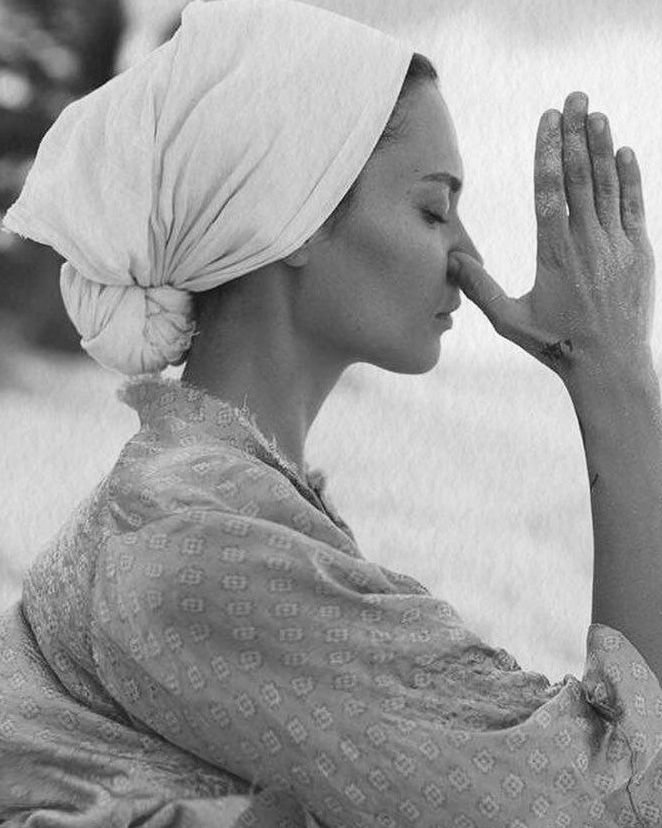healing . yogic lifestyle . wellness
the nunu journal

The art of letting go
It starts with simple, radical honesty:
"Does this bring me joy or growth?"
If the answer is no, it might be time to open your palm and release it. When we hold on too tightly, we close ourselves off from possibility. But when we let go — even if it’s messy, even if it hurts — we create sacred space for what’s meant for us.

Why Music Matters So Much in My Yoga Classes, and how it helped me heal
When I first began teaching yoga, I knew one thing for sure: music was going to be part of my classes. Not just as a soft background hum, but as a real, living part of the experience.
Sound has always moved me in ways words couldn't. It taps into something deeper, the place where emotions live before they make sense. I truly believe music holds the power to help us heal, to soften the edges of pain, and to create a world of wonder inside us while we move, breathe, and reconnect to ourselves.

The Art of Self-Study
Off the mat, self-study is woven into the choices we make, the conversations we have, the way we react when things don’t go our way. It’s in the books we read, the questions we ask, the moments of stillness where we pause and reflect.
Some ways to practice Svadhyaya in daily life:

The Practice of Enough
In asana practice, Santosha is choosing presence over expectation. It’s being in a pose without forcing it to look a certain way. It’s dropping the comparison—whether to others in the room or to a past version of yourself—and simply being where you are, as you are.
But this practice extends far beyond the mat.

The strength in surrender
Beyond the mat, Isvara Pranidhana invites us to open to what is. Instead of resisting life’s twists and turns, we practice meeting them with grace.
We surrender the need to control. We surrender the pressure to have all the answers. We surrender to the unfolding of life—not because we are powerless, but because we are powerful enough to trust.

Weaving Words into Embodied Ease
Language, at its most potent, is not just about instruction—it is about invitation. It is an offering. An opening. A way of saying, You are safe here. You are held. You are free to unfold in your own time, in your own way.

